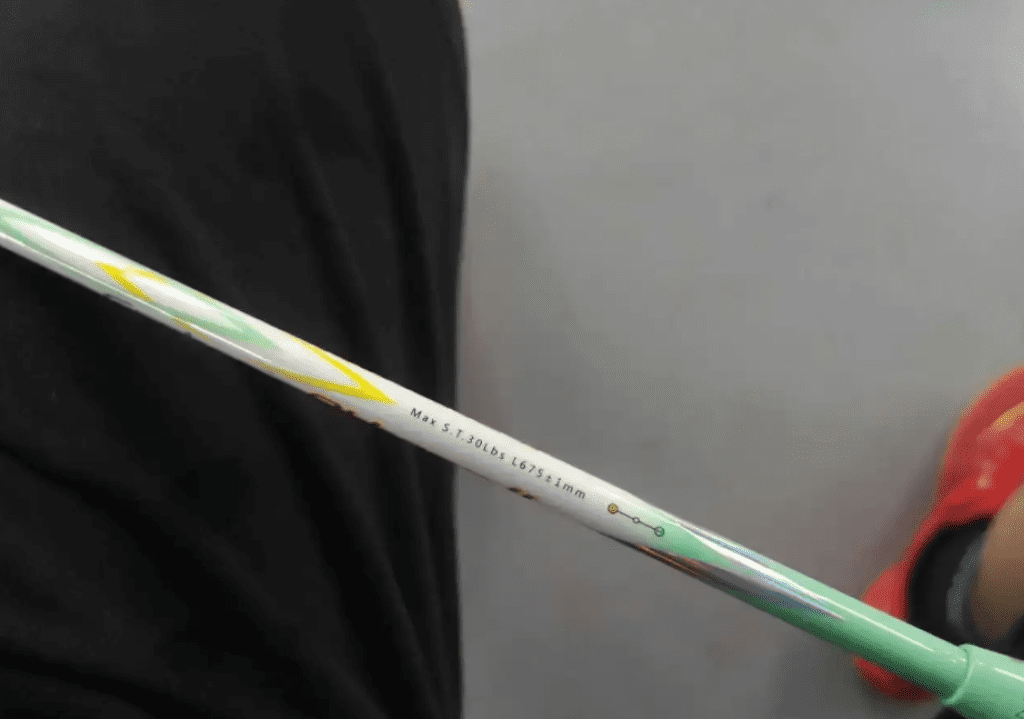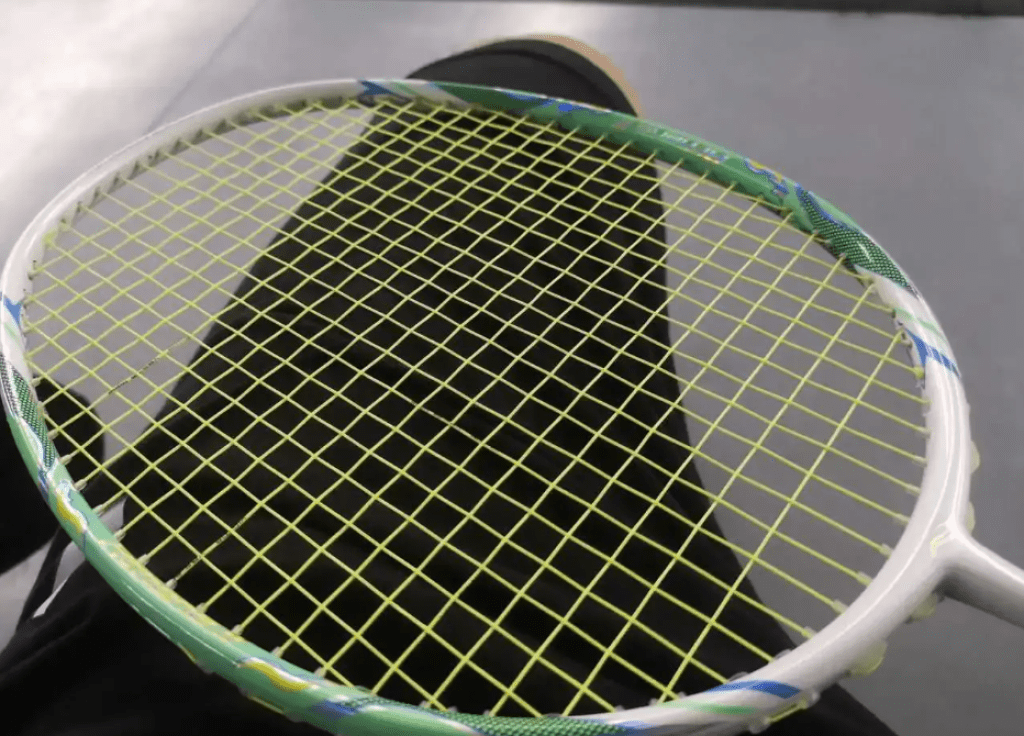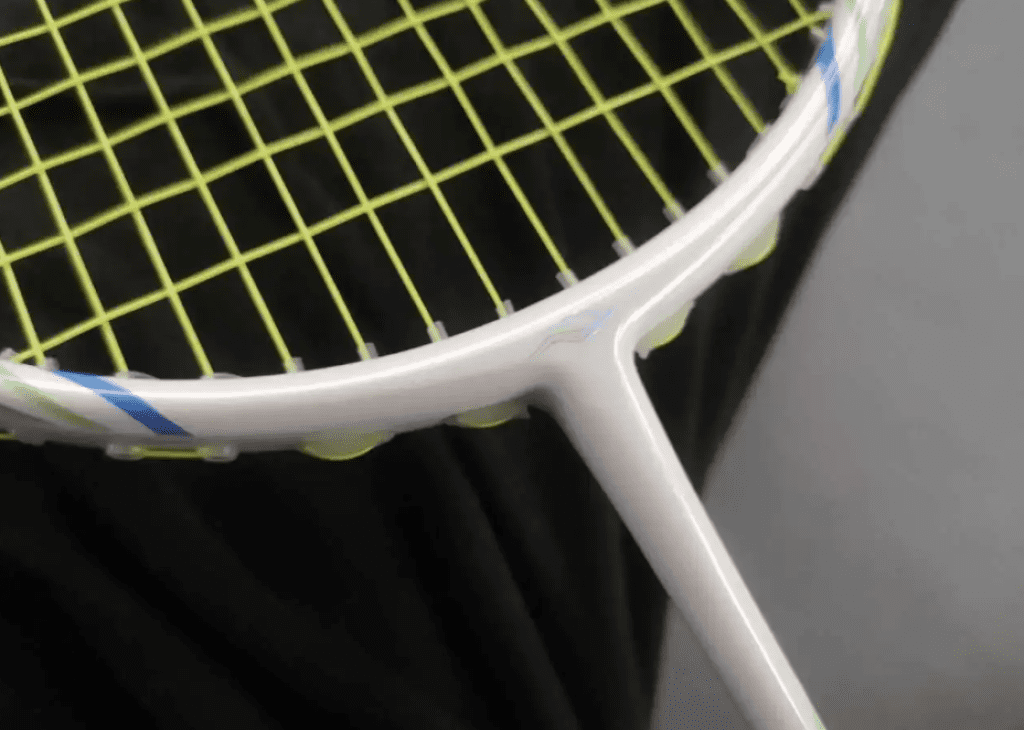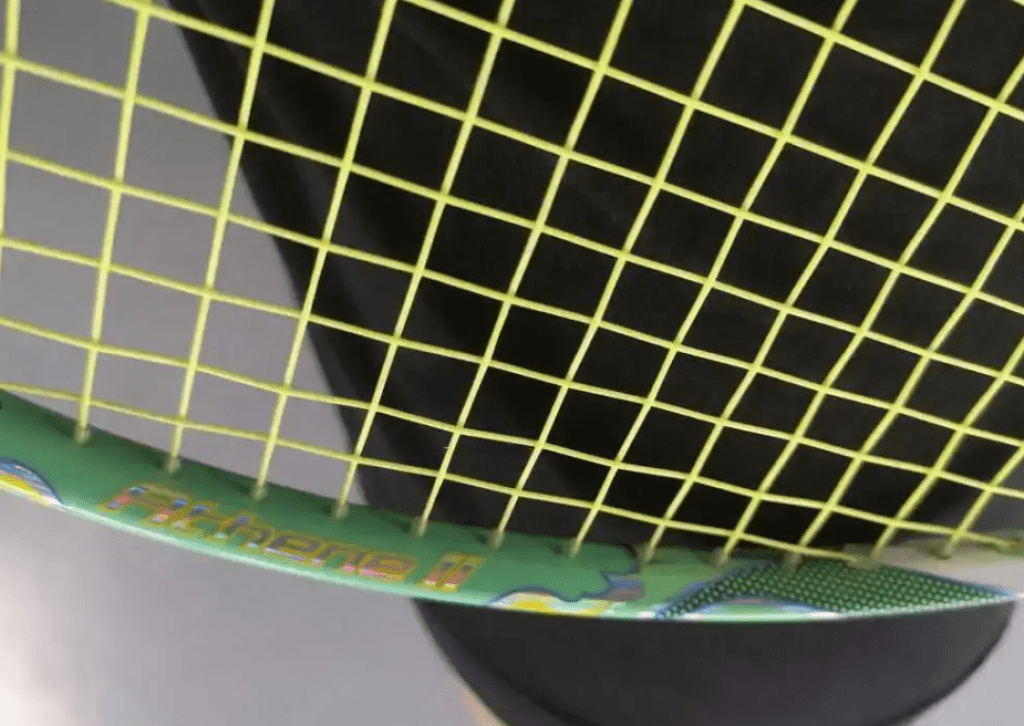The author would like to talk about another series from the Wuqie family—Athena.
The first generation of Athena was truly one of my favorite rackets, even though it wasn’t a popular one. The only thing that didn’t quite sit right with me was that despite being designed as a female-oriented racket, the look still followed the same old exposed carbon fiber under clear lacquer—come on, woven isn’t some sacred ground, what’s so nice about it? The first time it looked fresh, but after seeing it a few more times, it’s just the same old thing.
This time, I got a chance to try out Athena 2, and after using it, I once again felt that refreshing coolness I had during that one summer—a light and fresh product, very fitting for the season.

Specifications: 4UG5, with grip tape and heat shrink, total weight 92.1g in use, balance point 290mm, 6.8mm shaft made of Mitsubishi M40 carbon fiber, 217mm long, medium-soft stiffness, aerodynamic frame, 80-hole string bed, 9-3 o’clock grooves, rated for 30 lbs, strung at 24-26 lbs with VBS66N.
It seems the design team has figured it out—after switching to a white glossy finish, the overall texture of the racket has greatly improved. While the first-generation used a purple-red accent, Athena 2 opted for a mint green, shedding the previous somewhat flamboyant look in favor of something more refreshing. This change might even encourage some male players to give it a try. In fact, looking at the overall design pattern, the two generations share a common design language. The designer seems to have grasped the essence, as the large color patches on both sides of the frame and the scaly texture at 4 and 8 o’clock remain intact.

This is a rare 80-hole racket with a string bed that doesn’t feel dull or shock the hand, and it’s still formed using hot air blow molding. It seems Bolly’s fiber film technology has had a noticeable impact. Softness, high elasticity, and friendliness are the hallmarks of Athena, and I was initially concerned that the second generation might sacrifice some of the first generation’s selling points for better competitive performance, but it turns out I needn’t have worried.
The first impression of Athena 2 felt somewhat similar to Invisible Hand from not long ago—both have a rounded aerodynamic structure, both use white as the base color, and from afar, you might think they’re part of the same series with different color schemes. Even when holding them and weighing their balance and swing weight, it’s hard to tell them apart. Although Athena 2 has an optimized swing weight to appeal to a broader audience, Bolly hasn’t done enough to differentiate the products while maintaining a suitable feel. The real difference only becomes apparent on the court.

After several clears during warm-up, I let out a sigh of relief—it’s still that familiar feel. While warming up with an unfamiliar opponent, rallying back and forth near the baseline, I’m always worried that a mishit or misplacement might expose my lack of basic skills. But Athena is very reliable. As long as you properly execute the full action of raising the racket, rotating your body, and swinging, you don’t even need to apply much force to send the shuttle high and far. The shaft’s elasticity is excellent, its driveability superb, and the frame’s sweet spot is large, with fast head speed—there’s no adaptation required at all.
Interestingly, I recall the first generation having a slight head-heavy feel, but this sensation is reduced in the second generation without affecting the power-absorbing feedback; it’s actually more agile.

Speaking of agility, I have to praise Athena 2‘s improvements in flat drives. The first generation was tuned in a way that avoided the issue of the shaft not recovering properly after continuous swings. In Athena 2, the racket’s tendency to wobble after multiple swings is suppressed, and subjectively it feels like the recovery speed after deformation is faster. While the shuttle response still isn’t particularly crisp, the improved continuity gives more maneuverability in rallies. From what I understand, the second generation has roughly the same specs as the first, but with a slightly stiffer shaft, which does make the racket feel more controllable during high-frequency shots, likely improving its performance in fast-paced exchanges. Unfortunately, the cone cap from the previous generation that I liked didn’t carry over, so when adjusting my grip to generate power, my thumb doesn’t feel as stable as it used to.
Additionally, I don’t expect too much from Athena in terms of offensive performance, but in the latest generation, the racket has improved its attack efficiency using the same level of carbon fiber, balance point, and stiffness by upgrading the production process.

The application of new nanomolecule clusters reduces energy loss when hitting and increases energy transfer efficiency, ensuring that each attack transfers the force more completely to the shuttle. Combined with Athena‘s highly maneuverable characteristics, I can continuously apply power from the backcourt without worrying much about stamina, which effectively allows me to increase the pace of the game at any time. The initial speed of smashes is also quite impressive, focusing on sudden attacks. However, if you face a skilled opponent, whether a powerful smash can score is another story—but let’s just treat it as a racket that can be casually used for attack. Still, don’t underestimate it—this makes Athena 2 a piece of equipment that can be used for serious competition.
What reassures me the most is that in passive or defensive situations, it outperforms the first generation. Especially in situations where you have to scramble to retrieve a deep corner shot after a heavy smash, Athena 2 helps you handle it with more grace.
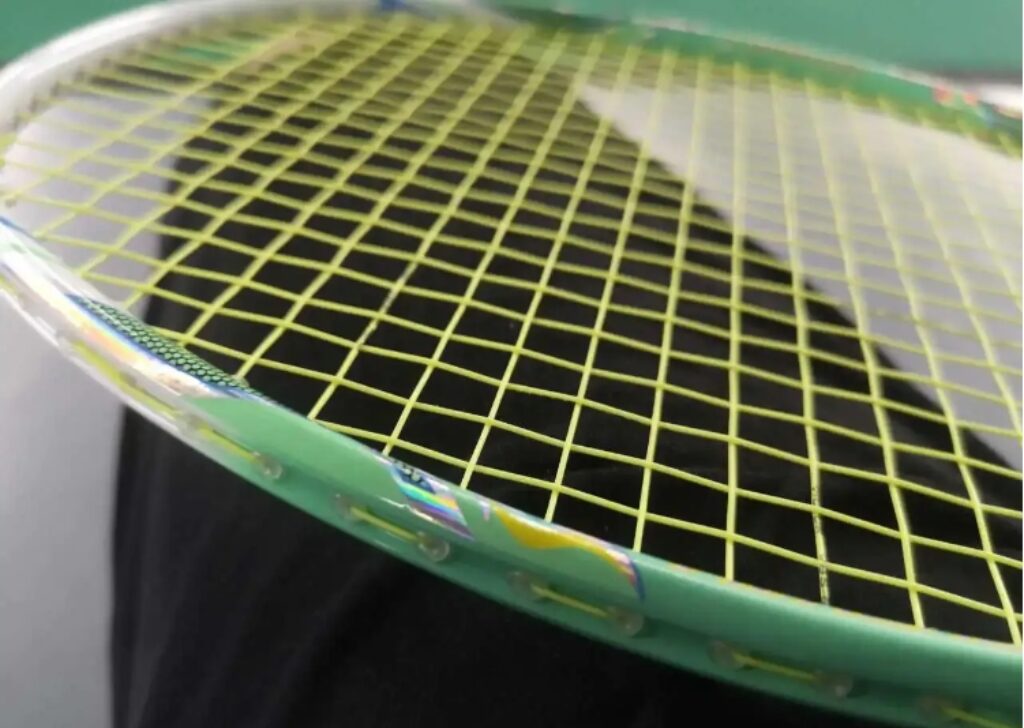
Unlike other Bolly products that emphasize directness, crispness, and stability with the Wuqie core technology, Athena sacrifices some of its competitive potential to significantly improve its ease of use, resulting in a unique experience. The upgrade direction of Athena is therefore quite clear.
Overall, Athena 2 performs excellently in its positioning, and in terms of user experience, it even outshines other lightweight, flexible, and elastic rackets like the NF600 from the big three manufacturers. Given its actual price, I believe Athena 2 will be an attractive option for players at various skill levels.



